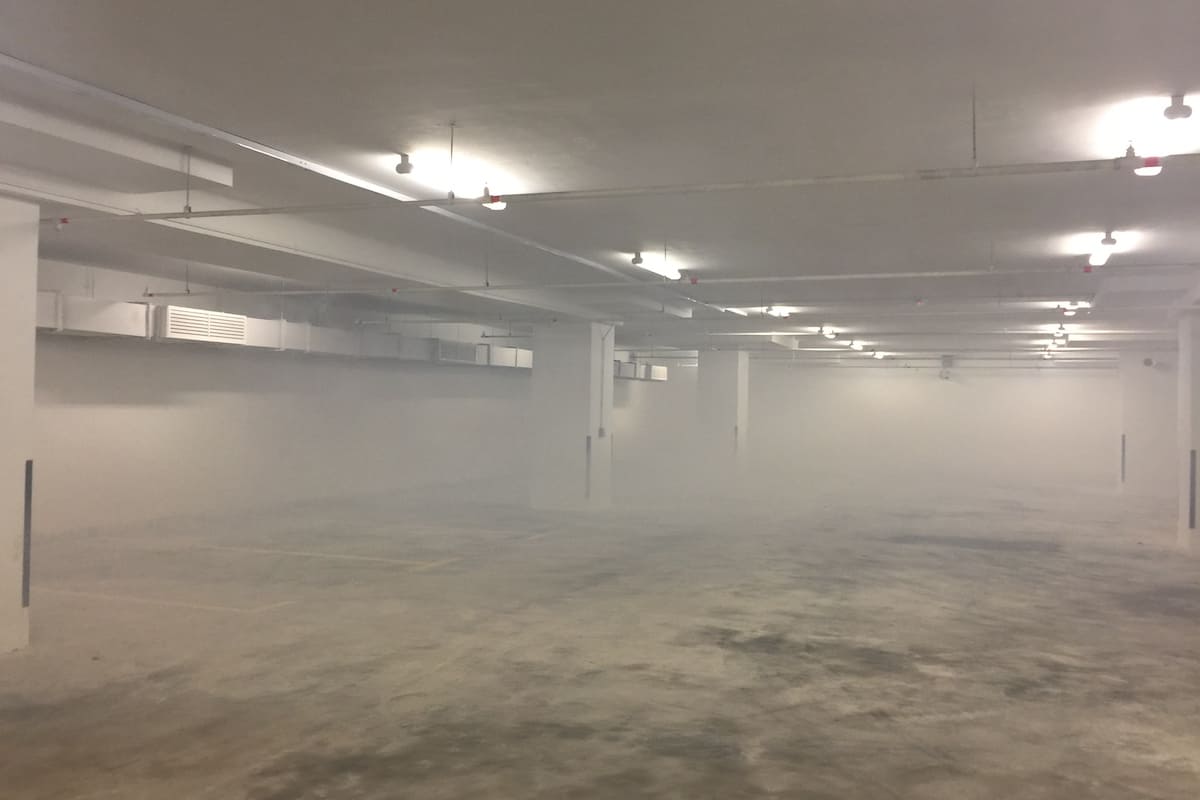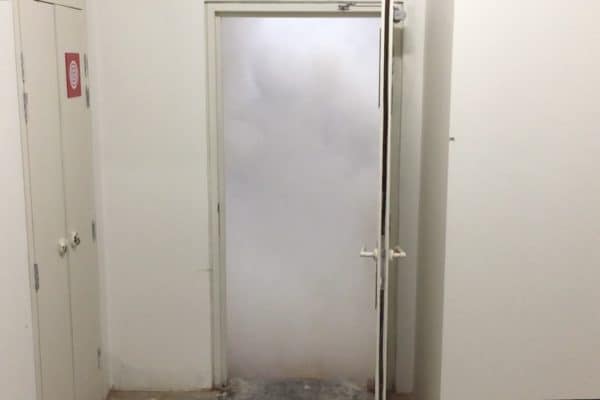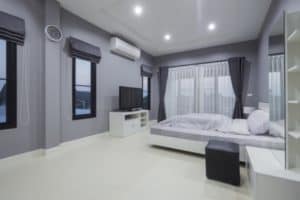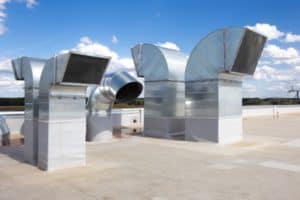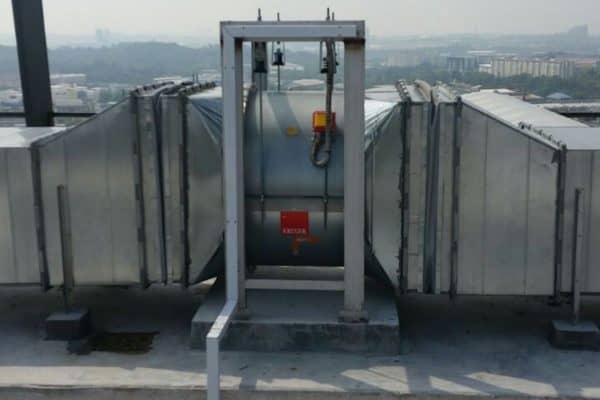Smoke Spill System Basic Requirement in Malaysia
If you are working in an ACMV company or you are involved in a high-rise building construction, you know that the smoke spill system is a big thing and it often puts a lot of pressure on the person in charge because of CCC.
Certificate of completion and compliance or CCC is issued when the G1 to G21 forms submitted by the architect are accepted by Malaysian authorities, indicating that the building is safe for occupants. Particularly, the G10 form that is the one putting stress on many junior ACMV project engineers.
G10 form is one of the forms that need to be submitted by the architect in order to obtain CCC. G10 form is about a company taking responsibility for the pengudaraan mekanikal (official Malay language) or mechanical ventilation of the building.
One of the aspects included in the G10 form is the smoke spill system. When completed, the smoke spill system must be able to pass the bomba test. If not, it must be rectified and retested. Else, CCC will not be obtained and the person in charge is screwed.
The Bomba Test
Before schedule for a bomba test, you need to submit the signed G10 form together with C1, C2 and C3 forms for all the fire-related components. Once all done, then the firefighting contractor will proceed to date the bomba.
The bomba test is very simple but required good work to pass. A few bomba (real bomba) will come to the site to witness the test, usually 2-4 persons, according to the schedule arranged by the firefighting contractor.
First, they will hold a meeting lead by the firefighting contractor, joined by all the parties involved in the test including you, the ACMV representative, the architect (SO), the M&E consultant, the developer, the main contractor, and other contractors to brief the procedure.
Then, you will follow them to test other fire-related systems including the generator set installed by the electrical contractor, the fire hose installed by the firefighting contractor, your pressurization system, and of course, the smoke spill system.
When it comes to the basement where you need to test the effectiveness of the smoke spill system in front of everyone including the bomba, you’ll need to prepare a fogging machine to simulate the smoke generated during a fire.
You’ll need to generate the smoke for as long as the bomba want. Then, the bomba will trigger the building’s fire alarm system, and your smoke spill fans better start to run. Otherwise, you failed.
Once your smoke spill fans are successfully triggered and started to run, the bomba will count to 6 minutes and they must be able to see the exit sign to the lobby or staircase based on their judgement. If the bomba deemed that the smoke spill system fails, you are advised not to argue with them but to schedule a retest.
“Never argue with the bomba.”
My humble advise =D
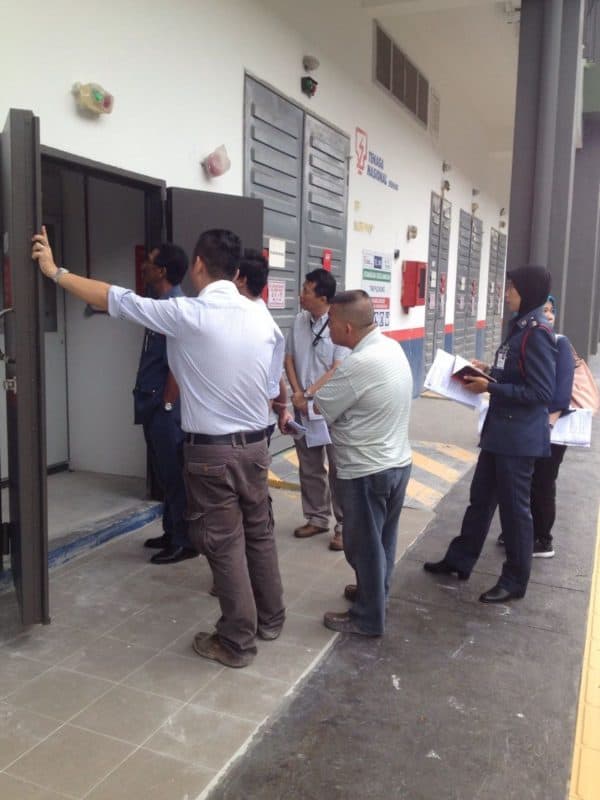

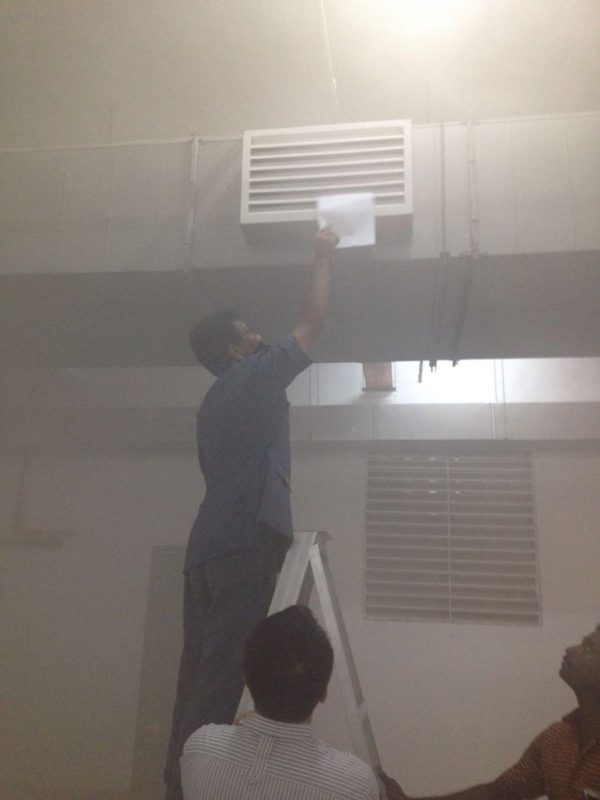
Fire Rated Duct and Fire Rated Paint
A fire-rated duct is able to resist fire for as long as 2 hours. Traditionally, a standard SMACNA constructed duct must be painted with 2-hours fire-rated paint that is white in color and has a rough surface finish to be considered as a fire-rated duct.
However, according to Malaysian Standard MS 2586-7:2015, if the ductwork serves only one fire compartment for basement carparks (elevated carparks not stated) and is constructed conforming to SMACNA standard, the ductwork with a minimum sheet metal gauge of 1.2mm (G18) are considered as fire-resistance.
If the ductwork serves more than one fire compartment, only the ductwork in the last fire compartment can be of sheet metal ductwork with a minimum sheet metal gauge of 1.2mm. As for other fire compartments, fire-rated ductwork is required.
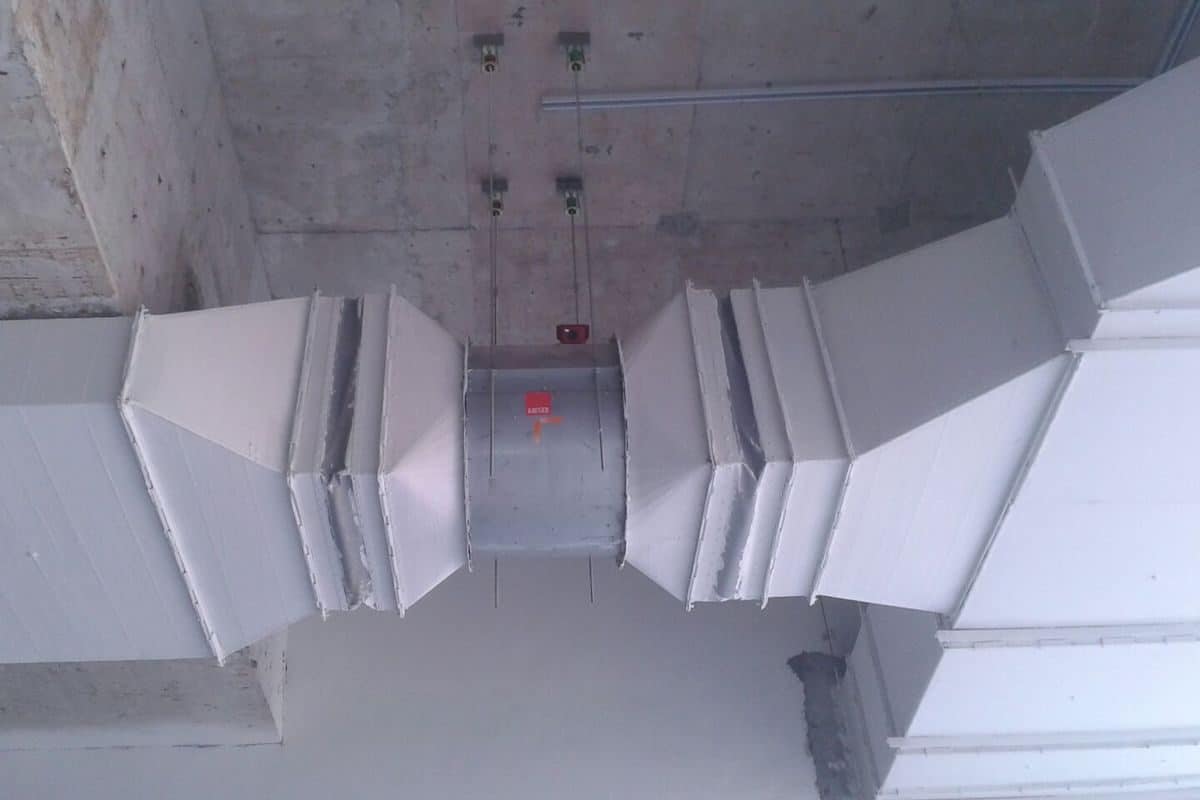
Other than basement carparks, smoke spill ductwork must be fire rated which means that elevated carparks and other areas must use ducts that are treated with fire-rated paint or protected with fire-rated materials.
Conventionally, all basement smoke spill ducts are painted with 2-hours fire-rated paint. Nowadays, some buildings adopted the Malaysian Standard by using 1.2mm thick ducts in the last fire compartment. Keep in mind that you need 1.2mm thickness regardless of the duct size.
In the meantime, I would like to inform you that you can learn quicker by getting my HVAC Begin (eBook) if you’re a beginner. But, if you have a year or two of experience, then I would suggest you consider my HVAC Basics (eBook). Nonetheless, I encourage you enroll in my HVAC Beginner Course: 10 Days to Become Competent in HVAC if you want to equipped yourself with a complete set of basic HVAC skills.
HVAC Beginner Course
Learn the most basics and foundational HVAC skills including cooling capacity calculation, equipment selection, duct sizing, pipe sizing, exhaust fan sizing, controls, electrical and more.
Fire Compartment and Fire Damper
When you are moving from one room to another room, you are going from one fire compartment to another fire compartment. A fire compartment has fire-rated walls and fire-rated doors.
A single basement compartment must not exceed 42,000 m3 of volume in accordance with UBBL 1984. So, basement carparks are compartmentalized using fire-rated roller shutters to meet the requirement. However, you don’t have to worry about it as the compartmentalization is handled by the architect.
Nonetheless, above-ground compartments that exceed 1,000 m2 of floor area always require a smoke spill system. For anything below the ground, the smoke spill system is required regardless of the floor area.
As long as there is a cross-compartment duct, a fire damper is needed at the compartment wall. However, fire dampers must not be installed for the smoke spill system because they will hinder the smoke extraction work.
Relevant post: 4 Types of Dampers in HVAC.
Sometimes, it is quite confusing because fire dampers by nature are meant to prevent smoke from spreading into other compartments. However, if a smoke spill system is extracting smoke from two compartments concurrently, a closed damper will mean that the smoke extraction stops in one of the compartments.
Air Change Rate and Fresh Air Replacement
For basement carparks, the smoke spill system needs to work in two modes; a) normal mode, and b) fire mode. Unless there is a fire, the smoke spill system will be operating in normal mode to extract toxic carbon monoxide produced by the car exhaust out of the basement carpark.
Under normal mode, a smoke spill system is required to provide a minimum of 6 ACH or air-change per hour. During a fire, the smoke spill system will switch to fire mode to provide a minimum of 10 ACH. In reality, most smoke spill systems are designed based on 12 ACH to account for any losses.
I suggest you double-check the capacity of the smoke spill system while preparing shop drawings. Not only you are more confident in the system’s performance, but you also get to know how to design too. Besides, if the design is wrong, it is a disaster when discovered only during the commissioning stage.
A smoke spill system can be viewed into two parts, one being the smoke exhaust and the other one is the fresh air. The exhaust by default is a powered ventilation system. Meanwhile, the fresh air can be powered or natural.
Powered fresh air ventilation just means that you are using fans to introduce the outside air. Meanwhile, natural fresh air ventilation is about providing large louvers opening to allow the outside air to enter the compartment naturally when the smoke is being extracted.
For the above-ground smoke spill system, natural fresh air is possible while powered fresh air is always required for deep basements (B2, B3, B4, etc.)
For powered fresh air ventilation, the airflow rate should not be more than 75% or less than 50% of the extracted air volume. This is to ensure that there is enough replacement air while maintaining a negative pressure state to prevent the smoke from escaping to other compartments.
Generally, we use 70% fresh air for the smoke spill system. Again, we are slightly tilted towards the high side to account for any losses.
Fire Rated Motor and Fire Rated Cable
Smoke spill fan motors (both exhaust and fresh air fans) must be able to work at 250°C for 2 hours. Class H fire-rated motor is very common for vane axial fans.
Besides, the electrical supply to the fans must be an essential power supply that will continue to provide power using the diesel generator when the main power line is cut during a fire.
Furthermore, any power cables (from main DB or sub-main DB) that are connected to the fans must be 2-hours fire-rated. No point of having a fire-rated fan motor when the cables can melt during a fire. Fire-rated cables are usually orange in color regardless of the phase.
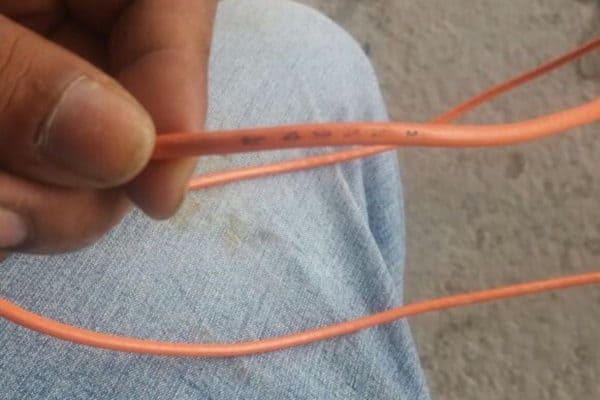
Overload, Remote Start/Stop and Air Balancing
The control panel for the smoke spill system must not have any overload tripping relay in order to keep the fans running for as long as possible in fire mode.
In addition, the canvas that allows the fans to bounce around must be made of a fire-rated material to prevent smoke leakages. Usually, the fire-rated canvas is grey in color while non-fire-rated ones are dark green in color.
Allow more than 300mm width for the canvas to prevent it from tearing due to the movement of the fans.
Also, I prefer not having a stop button (only have the start button) for the remote control panel so that whenever the smoke spill fans run in fire mode even though by accident, operators must physically go to the fan room to shut off the fan and discouraged them from simply resetting the fans.

Besides, in order for the smoke spill system to be effective, the airflow at the exhaust and fresh air grilles must be balanced. This is done by using opposed blade damper (OBD) grilles and extensive air balancing work which you’ll spend a lot of time doing.
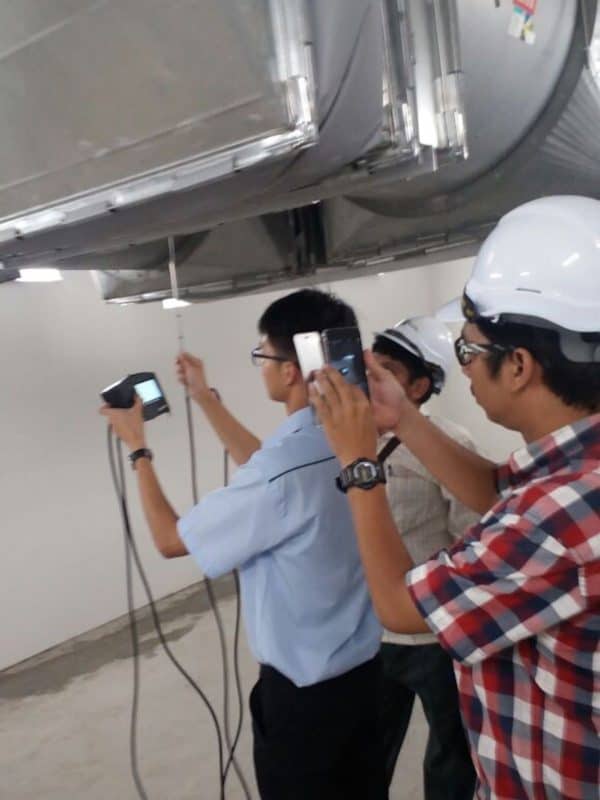
Furthermore, it is inevitable that the smoke spill duct will leak. So, put tons of sealant on the gaps if you are not getting the suction.
Conclusion
There you have it. This is the basic requirement for the smoke spill system. There is only a handful of critical things to ensure that your smoke spill system works. Besides, you can always seek help from experienced people such as the resident engineer, M&E engineer and your seniors.
“Construction is a team job, not a solo job.”
To recall, once your smoke spill fans are successfully triggered and started to run, the bomba will count to 6 minutes and they must be able to see the exit sign to the lobby or staircase based on their judgement. You may or may not use a 1.2mm duct for the smoke spill system depends on the project requirement.
Any compartments above the ground with more than 1,000 m2 floor area must have a smoke spill system and fire dampers must not be installed for the smoke spill system.
To keep the smoke spill fans running for as long as possible, the fan motor must be fire-rated, the power supply must be essential supply, the power cable must be fire-rated, the canvas must be fire-rated and there should not be any overload relay to stop the fans.
As mentioned, I suggest not to have remote stop buttons but only the start button to discourage operators from simply resetting the fans. Then, air balancing work and duct leakage prevent work are both equally important.
Lastly, consider my HVAC Begin (eBook) if you’re a beginner and you want to have a foundational knowledge in HVAC. But, if you have a year or two of experience, then I would suggest you consider my HVAC Basics (eBook). Nonetheless, I encourage you enroll in my HVAC Beginner Course: 10 Days to Become Competent in HVAC if you want to equipped yourself with a complete set of basic HVAC skills.
HVAC Beginner Course
Learn the most basics and foundational HVAC skills including cooling capacity calculation, equipment selection, duct sizing, pipe sizing, exhaust fan sizing, controls, electrical and more.
If you have anything to add (or ask) about this topic, leave a comment down below!


